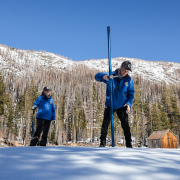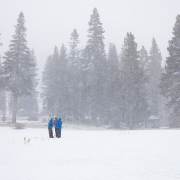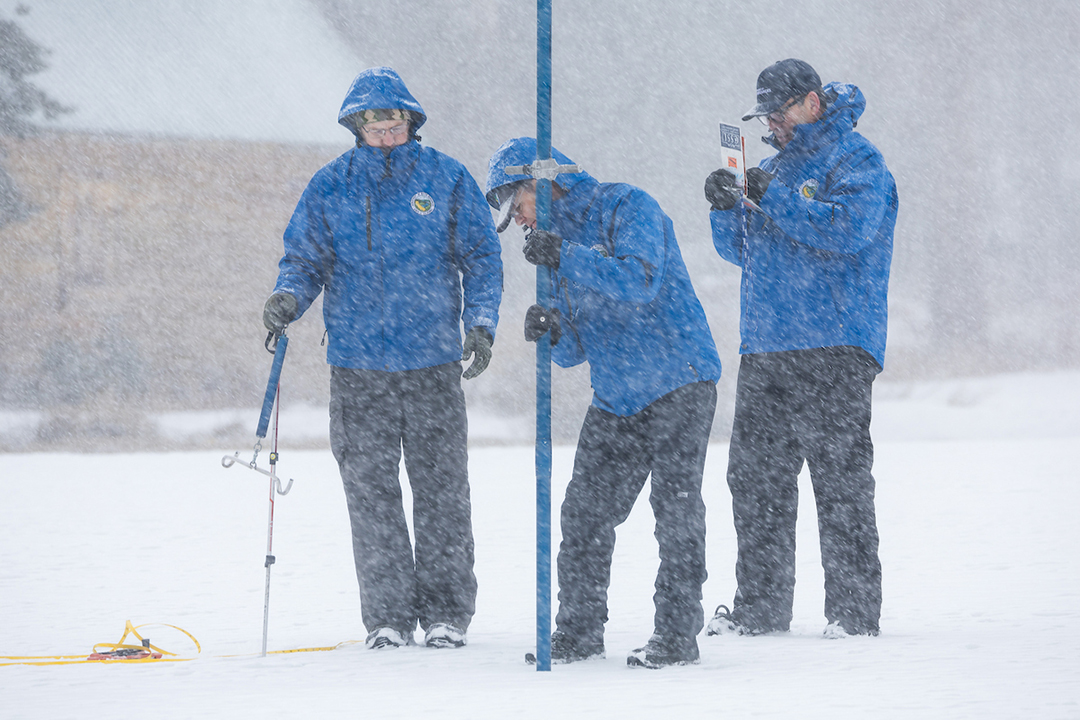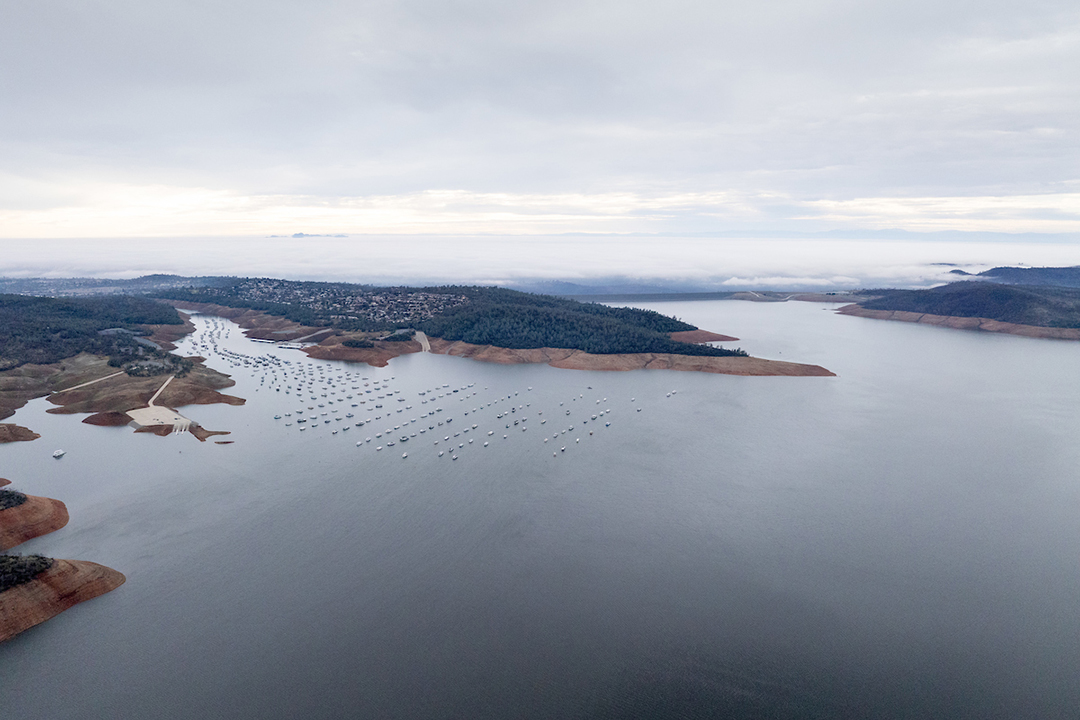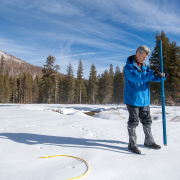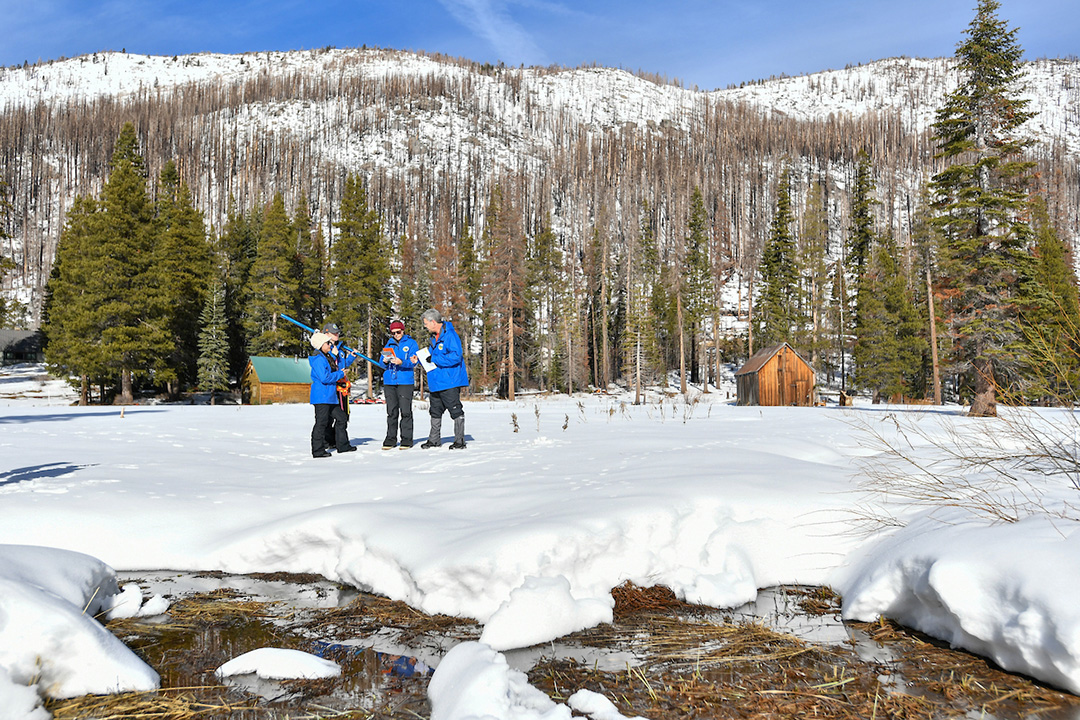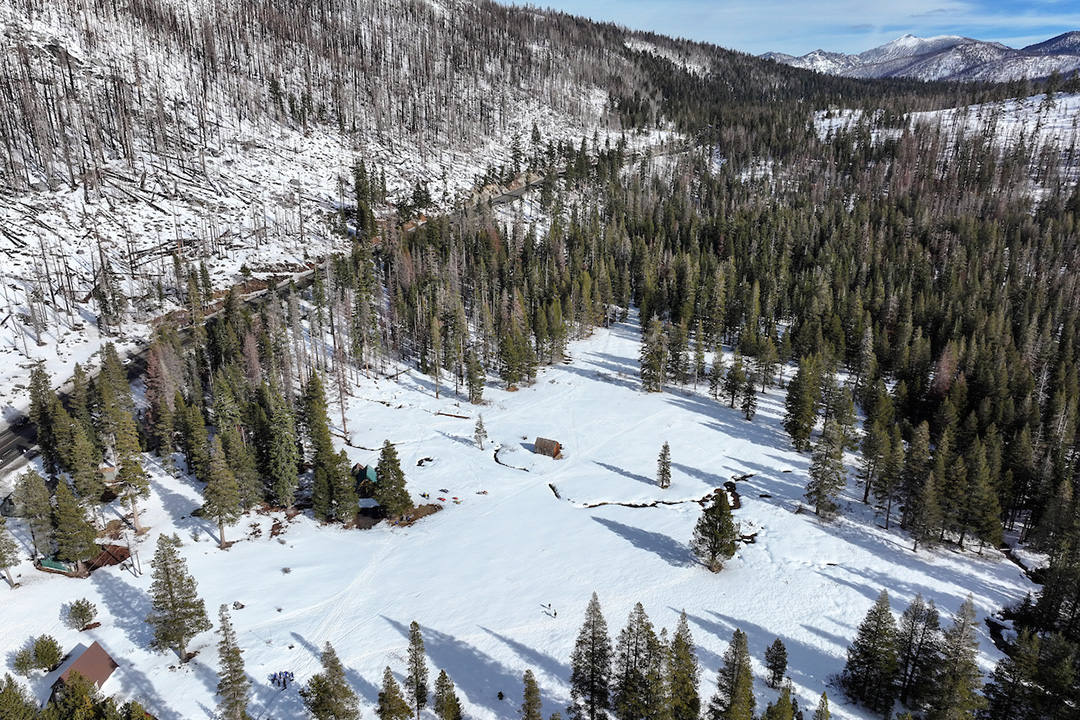California Snowpack Helped By Storms, But Averages Continue To Drop
The California Department of Water Resources (DWR) conducted its third snow survey of the 2025 season on February 28 at Phillips Station in the Sierra Nevada. The survey recorded 34 inches of snow depth and a snow water equivalent of 13.5 inches, which is 58 percent of the average for this location. Statewide, the snowpack is 85 percent of the average for this date.
The snow water equivalent measures the amount of water in the snowpack and is a key component of DWR’s water supply forecast.
Weather Extremes Mark 2025 Season
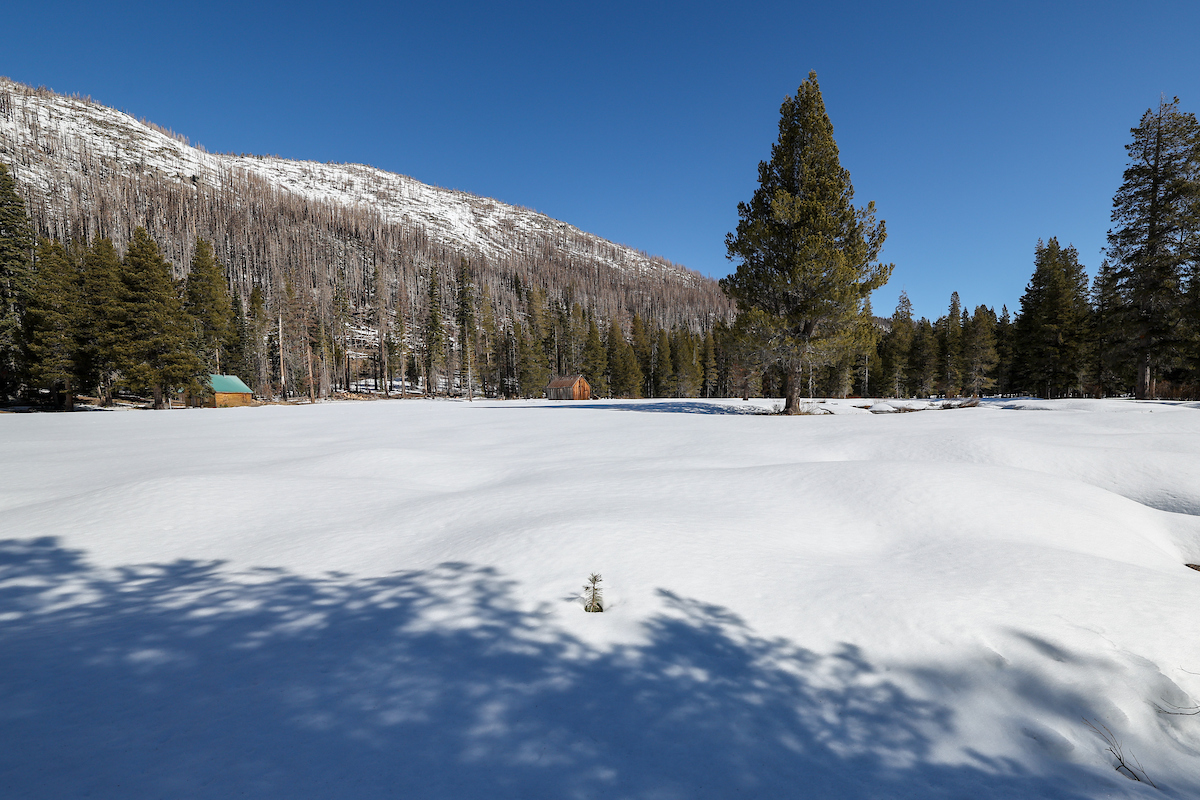
Snow blankets the meadow where the California Department of Water Resources conducts the third media snow survey of the 2025 season at Phillips Station in the Sierra Nevada, approximately 90 miles east of Sacramento off Highway 50 in El Dorado County. Photo: Xavier Mascareñas, California Department of Water Resources
Winter 2025 has been subjected to weather extremes. Powerful storms have interrupted dry and warm conditions, temporarily boosting the snowpack to near normal.
In February, multiple rounds of atmospheric rivers earlier in the month raised the statewide snowpack to 97 percent of average. But dry weather conditions returned, and the snowpack has fallen to 85 percent. Averages will continue to drop without additional snow.
DWR’s electronic readings from 130 stations placed throughout the Sierra Nevada indicate that the statewide snowpack’s snow water sits at 74 percent of the critical April 1 average. This is when the California snowpack usually peaks.
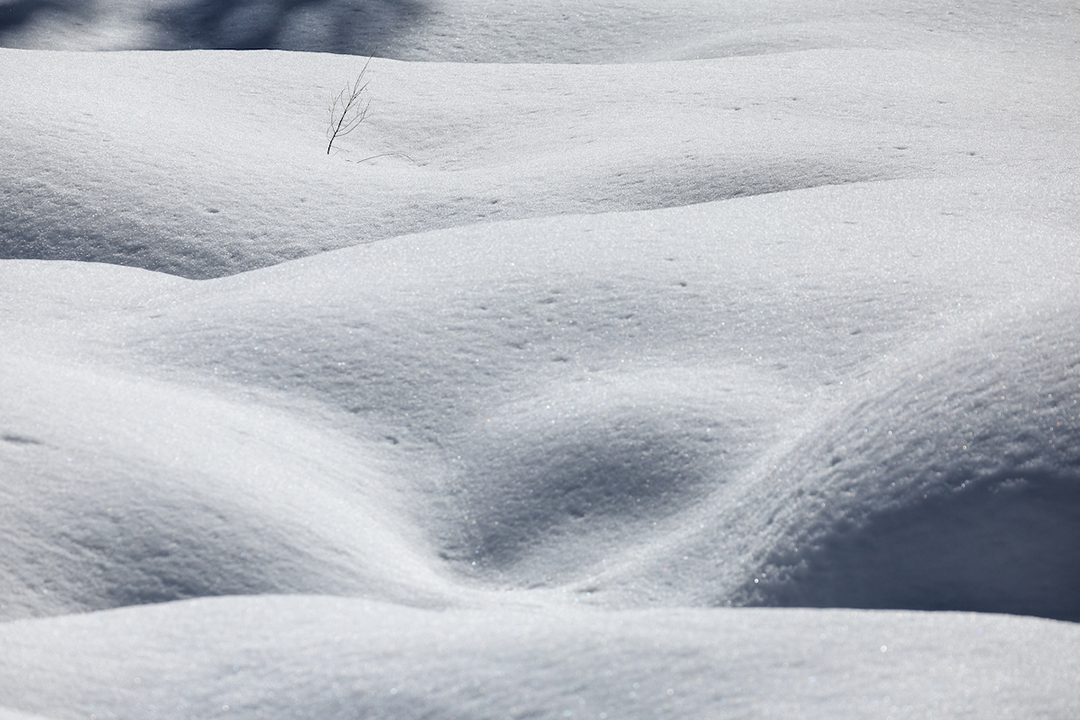
Snow blankets the meadow where the California Department of Water Resources conducts the third media snow survey of the 2025 season at Phillips Station in the Sierra Nevada. The snow survey is held approximately 90 miles east of Sacramento off Highway 50 in El Dorado County. Photo: Xavier Mascareñas, California Department of Water Resources
While forecasts show storm activity may pick up in March, it may not be enough for the snowpack to catch up to average by April 1. The southern Sierra Nevada has significantly fallen behind this season, with the region’s snowpack just 70 percent of average.
Regional Differences In Watershed Averages
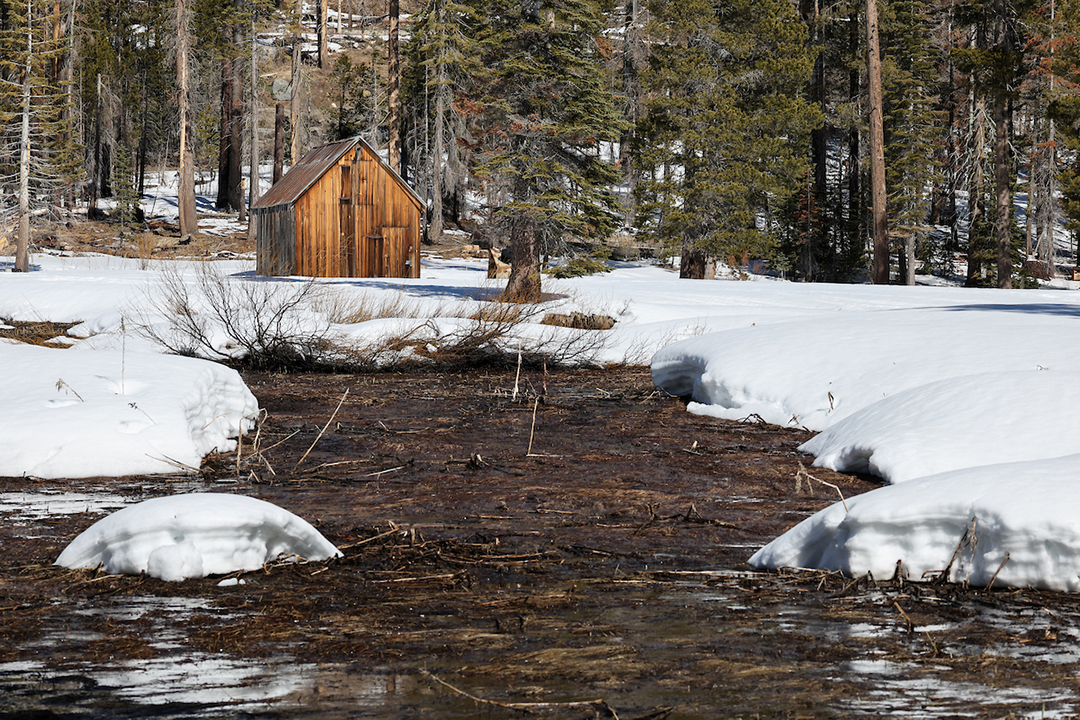
Puddles from melting snow at Phillips Station in the Sierra Nevada. Photo: Xavier Mascareñas, California Department of Water Resources
“In addition to the large swings in snowpack conditions we’ve seen this year, a big regional disparity remains between the Northern, Central, and Southern Sierra Nevada,” said Andy Reising, manager of DWR’s Snow Surveys and Water Supply Forecasting Unit.
“With so many of this season’s storms missing the southern half of the state, our statewide snowpack average can mask just how below average some regions are,” explained Reising. “Water managers will need to consider not just the extreme swings through the winter and spring months, but also the big differences from watershed to watershed.”
Thanks to efforts to capture as much water as possible, reservoirs across California are currently 118 percent of average.
Snowpack Monitoring Vital Planning Tool
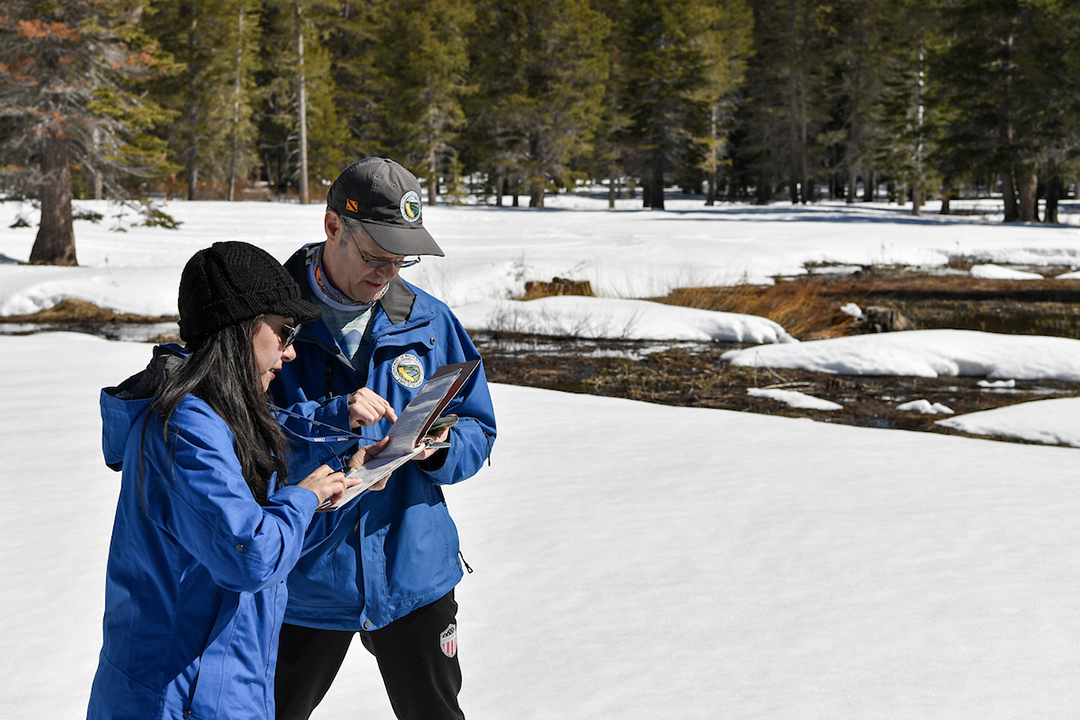
California Department of Water Resources staff Angelique Fabbiani-Leon, left, State Hydrometeorologist, and Andy Reising, Snow Surveys and Water Supply Forecasting Unit Manager, conduct the third media snow survey of the 2025 season at Phillips Station in the Sierra Nevada. Photo: Nick Shockey, California Department of Water Resources
Measuring the California snowpack provides vital information to guide how California’s water supplies are managed. The data and measurements collected help inform water supply and snowmelt runoff forecasts, which help water managers, including those in the San Diego region, anticipate how much water will eventually reach state reservoirs in the spring and summer.
This information is also key in calculating State Water Project allocation monthly updates.
On average, the California snowpack supplies about 30 percent of the state’s water needs. Its natural ability to store water is why the snowpack is often referred to as California’s “frozen reservoir.”
Data from DWR snow surveys and forecasts helps determine how DWR and other agencies manage the state’s water resources.
DWR conducts snow surveys at Phillips Station each winter near the first of each month, January through April, and, if necessary, May. The following survey is tentatively scheduled for April 2.
For California’s current hydrological conditions, visit https://cww.water.ca.gov.

